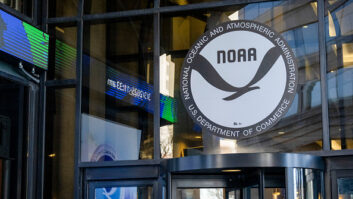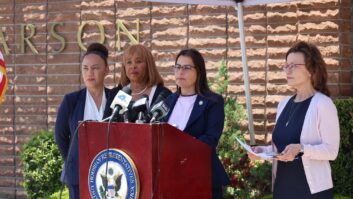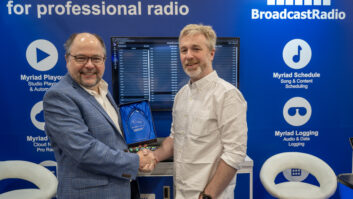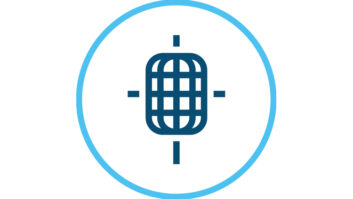The EAS spotlight will be on broadcasters on Aug. 11. The national test of the Emergency Alert System that day will not involve the internet IPAWS portion of the system as it has in the past. That’s because federal officials want to make sure the traditional broadcast alerting system is reliable if the internet is not available during an emergency.
As we reported earlier, the test of EAS (and a simultaneous test of the Wireless Emergency Alert System) will take place Aug. 11 at 2:20 p.m. EDT with a backup date of Aug. 25.
Now the Public Safety and Homeland Security Bureau of the Federal Communications Commission has announced details and also has made the EAS Test Reporting System available to accept 2021 filings. All EAS participants — including most U.S. radio stations — must renew their identifying information using ETRS Form One by July 6.
How it will work
FEMA will transmit the EAS portion of the test only through Primary Entry Point stations. not the internet using the Integrated Public Alert and Warning System this time. Even though EAS participants must be able to receive alerts from both, FEMA wants to determine the capability of EAS to deliver messages in the event that the internet is not available.
The FCC said that “will allow the FCC and FEMA to assess whether the national EAS would perform as designed, if activated, and help to ensure the reliability and effectiveness of broadcast-based alerting as part of our national emergency communications infrastructure.”
The EAS portion of the test is scheduled to last approximately one minute. The message will be similar to the regular monthly EAS test messages. It will state: “THIS IS A TEST of the National Emergency Alert System. This system was developed by broadcast and cable operators in voluntary cooperation with the Federal Emergency Management Agency, the Federal Communications Commission, and local authorities to keep you informed in the event of an emergency. If this had been an actual emergency an official message would have followed the tone alert you heard at the start of this message. No action is required.”
FEMA will initiate the WEA test using the State/Local WEA Test category for the first time. Only cellphone subscribers who have opted in to receive WEA tests will receive that message. Participating CMS Providers are required to transmit the State/Local Test message and enable subscribers to opt in to receive it. (The WEA portion will be initiated using IPAWS.)
For consumers who have opted in to receive WEA test messages, the message on their phones will read: “THIS IS A TEST of the National Wireless Emergency Alert System. No action is needed.” Opt-in phones with the main menu in Spanish will display: “ESTA ES UNA PRUEBA del Sistema Nacional de Alerta de Emergencia. No se necesita acción.”
ETRS Deadlines
The commission also reminded EAS participants of steps to take to be prepared, including ensuring that their EAS gear has the latest software and that it can receive and process the NPT code and “six zeroes” national location code. Further recommendations are in the FCC notice.
In addition to filling out Form One by July 6, EAS participants must fill out Form Two on Aug. 11 or 12 for “day of test” info; and Form Three is due Sept. 27.
Filers can access ETRS on the FCC website. You can update previously filed forms in ETRS by clicking on the “My Filings” menu option. Broadcasters can pre-populate Form One by completing the FRN and Facility ID fields but should doublecheck the data.
“Each EAS participant should file a separate copy of Form One for each of its EAS decoders, EAS encoders, or units combining such decoder and encoder functions,” the FCC wrote.







